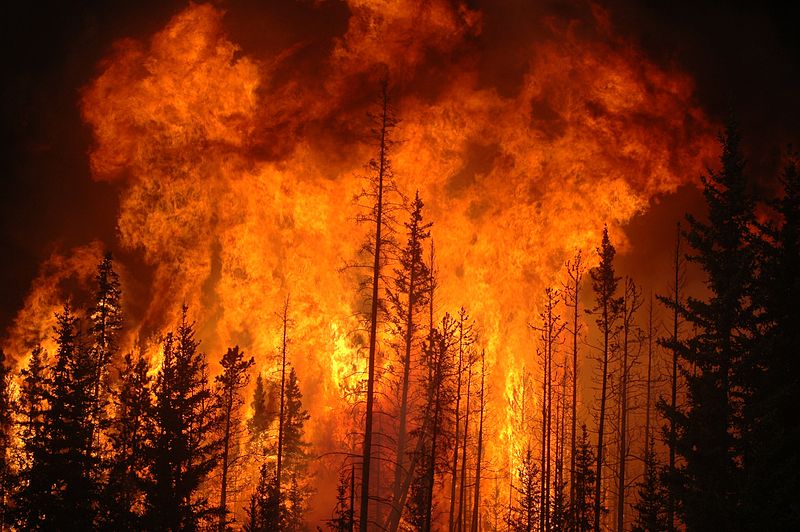New Discovery: Trees’ Response to Wildfire Smoke
Scientists have made a startling discovery about how trees respond to wildfire smoke. In a surprising twist, some trees appear to “hold their breath” when faced with heavy smoke conditions.
Researchers observed that Ponderosa pines, in particular, dramatically reduce their gas exchange with the atmosphere during periods of intense smoke. This means the trees significantly curtail their intake of carbon dioxide, the vital ingredient for photosynthesis, and also limit the release of other chemicals.
While the exact mechanism behind this behavior is still under investigation, scientists hypothesize that smoke particles may be clogging the tiny pores on leaves, preventing them from opening. Alternatively, the trees might be proactively closing these pores as a defense mechanism to protect themselves from the harmful effects of smoke.
This unexpected finding sheds new light on the complex relationship between trees and wildfires. It also highlights the importance of understanding these interactions as climate change continues to fuel larger and more frequent wildfires.
Potential Implications:
- Reduced Carbon Uptake: If widespread, this behavior could impact the forest’s ability to absorb carbon dioxide, potentially affecting climate change mitigation efforts.
- Altered Ecosystem Dynamics: Changes in tree physiology could ripple through the entire ecosystem, affecting other plant and animal life.
- Increased Wildfire Risk: While trees may be protecting themselves in the short term, reduced photosynthesis could weaken their overall health, making them more susceptible to future fires.
- Informative for Forest Management: Understanding how trees respond to wildfire smoke can help develop strategies to protect forests and improve wildfire management practices.
These findings underscore the need for further research to fully comprehend the implications of this surprising tree behavior.







